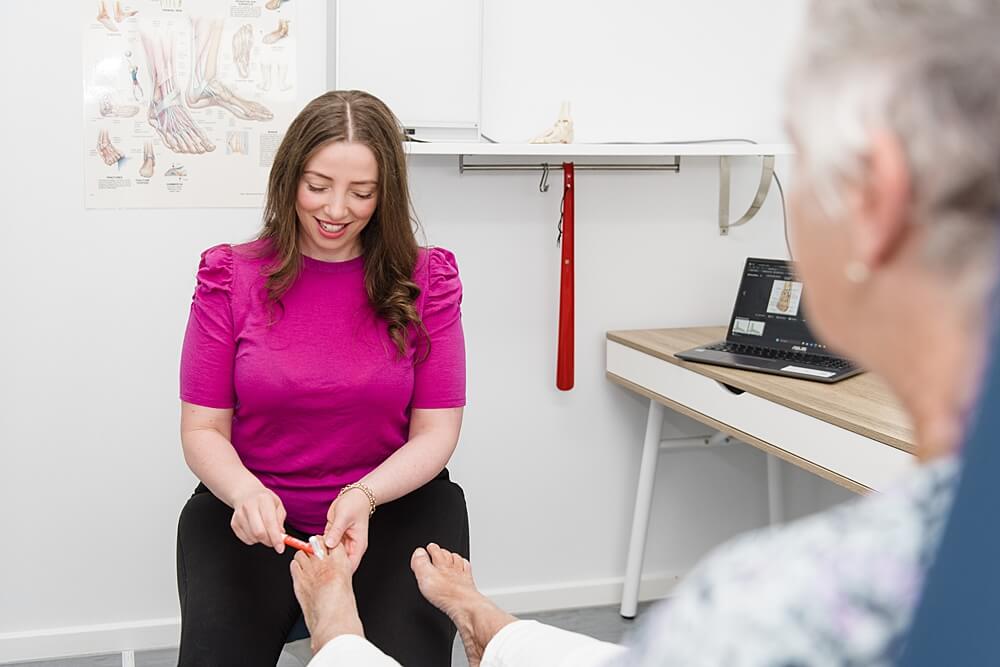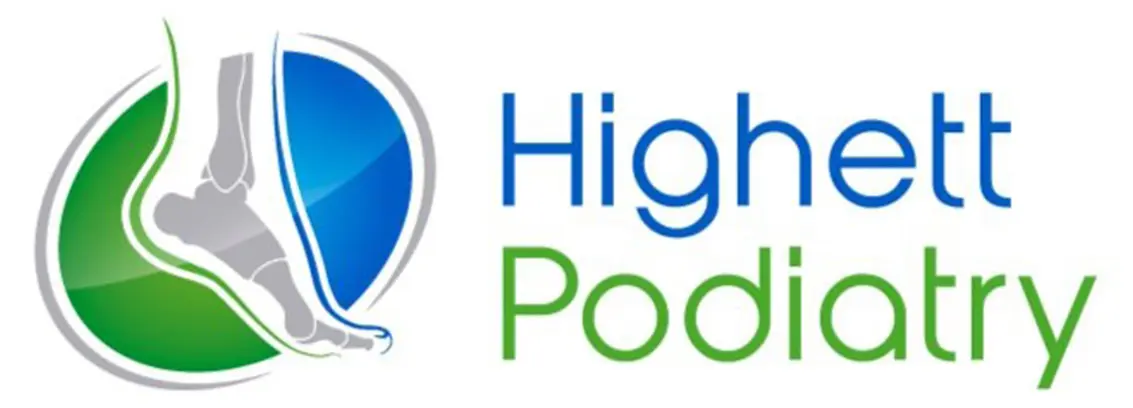Callous Treatment: Say Goodbye to Callouses - Get Professional Treatment Today!
What is a callous?
A callous (hyperkeratosis), like a corn, is an accumulation of dead skin that hardens and thickens. It is formed as part of the body’s defence mechanism to protect the foot against excessive pressure and friction.
The callous refers to a more diffuse, flattened area of thick skin, while a corn is a thick, localised area that usually has a conical or circular shape.
Daily life can be hard on the feet. With every step, pressure is applied to the soles of the feet, which can cause calluses to build up.
Callouses form on areas of the foot that are weight-bearing and, therefore subject to force as you move around. They are generally found on the ball of the foot, heels and/or the side of the big toe and are a common consequence of an active lifestyle.

Symptoms
The symptoms of callouses can include:
Thick, hardened skin
Callouses typically appear as thick, hardened areas of skin on the feet or hands.
Rough, raised bumps
Callouses may feel rough and raised to the touch and may have a slightly yellowish colour.
Pain or discomfort
Callouses can be painful or uncomfortable, particularly if they are on weight-bearing areas of the foot.
Itching or burning
In some cases, callouses may itch or burn.
Difficulty walking or using hands
Depending on the location and severity of the callouses, they may make it difficult to walk or use your hands normally.
If you are experiencing any of these symptoms, it is important to seek treatment from a podiatrist or healthcare professional to prevent further complications.
Causes
What causes callouses and corns?
Some common causes of this increased pressure include:
– Shoes that are too small
– Wearing shoes that are too small can cause pressure on specific areas of the feet, leading to the development of callouses.
– Wearing high-heeled shoes can cause increased pressure on the ball of the foot, leading to callous formation.
– Excess weight can put added pressure on the feet, causing callouses to form.
– Abnormalities in gait/walking, such as overpronation or supination, can lead to uneven pressure on the feet and the development of callouses.
– Flat, high-arched, or unusual shaped feet can cause uneven pressure distribution, leading to callous formation.
– Loss of cushioning on the bottom of the foot. As we age, the fat pad on the bottom of our feet may thin, leading to increased pressure on the skin and the development of calluses.
Treatment
Callouses can be a painful and unsightly problem for many people. Fortunately, various treatments are available to help alleviate the discomfort and reduce the severity of callouses.
How do you get rid of a callus or corn?
Here are some effective treatments for callous and corns problems:
1. Podiatric general care and treatment
The podiatrists at Highett Podiatry can painlessly remove callouses using specialised podiatric tools. This procedure is safe and effective and can provide immediate relief from the discomfort caused by callouses.
2. Advice on Appropriate Footwear
Wearing correctly fitting footwear can help prevent the development of callouses. Your podiatrist can provide advice on the best types of shoes to wear for your foot shape and activities.
3. Moisturising Creams
Using moisturising creams can help reduce the severity of callouses. It adds moisture and provides temporary relief from pain However, it is important to note that moisturising creams do not treat the underlying cause of calluses.
4. Insoles or Orthotics
If the underlying cause of calluses is related to biomechanical issues, such as overpronation or supination, your podiatrist may recommend using insoles or custom foot orthotics to address the issue and prevent further callous formation.
5. Avoid Corn Pads
It is essential to avoid using corn pads, especially if you have diabetes, circulation problems, or nerve damage in your feet. Corn pads contain acid and can cause wounds, ulcers, and infection of the feet. Always consult with your podiatrist before using any over-the-counter treatments for calluses.
FAQ's
Can callouses cause any serious problems?
How can I prevent callouses from forming?
When should I see a podiatrist for my callouses?
If you have painful callouses that are bleeding or blistered or callouses that affect your mobility, you should see a podiatrist for removal and treatment.
Treat callouses, regularly ,if you have a medical condition such as diabetes or poor circulation, it is important to seek prompt care for callouses to avoid complications.
Always Consult A Trained Professional
The information in this resource is general in nature and is only intended to provide a summary of the subject matter covered. It is not a substitute for medical advice and you should always consult a trained professional practising in the area of medicine in relation to any injury or condition. You use or rely on information in this resource at your own risk and no party involved in the production of this resource accepts any responsibility for the information contained within it or your use of that information.
